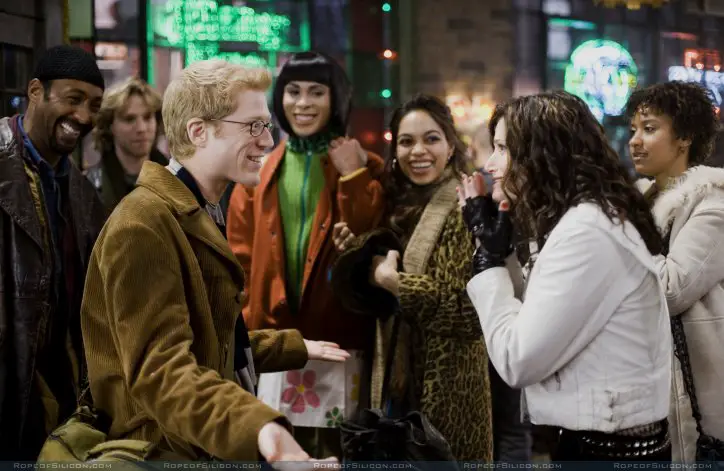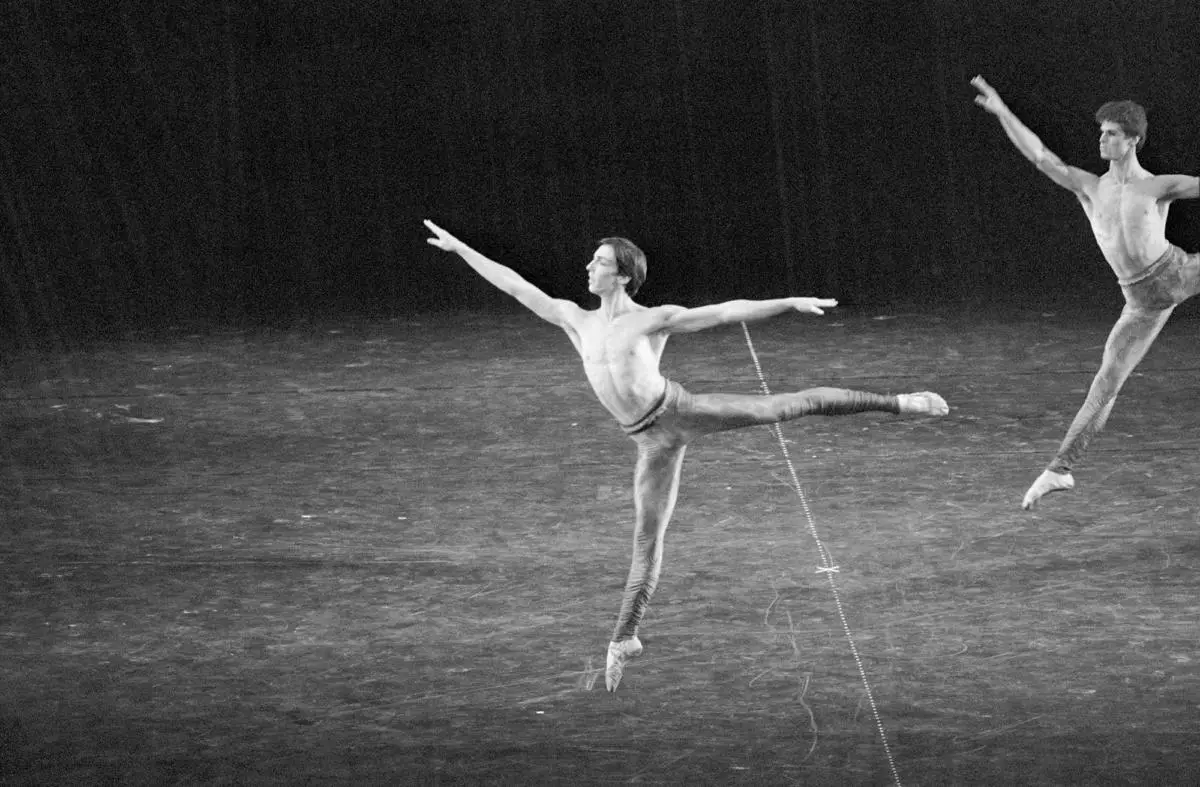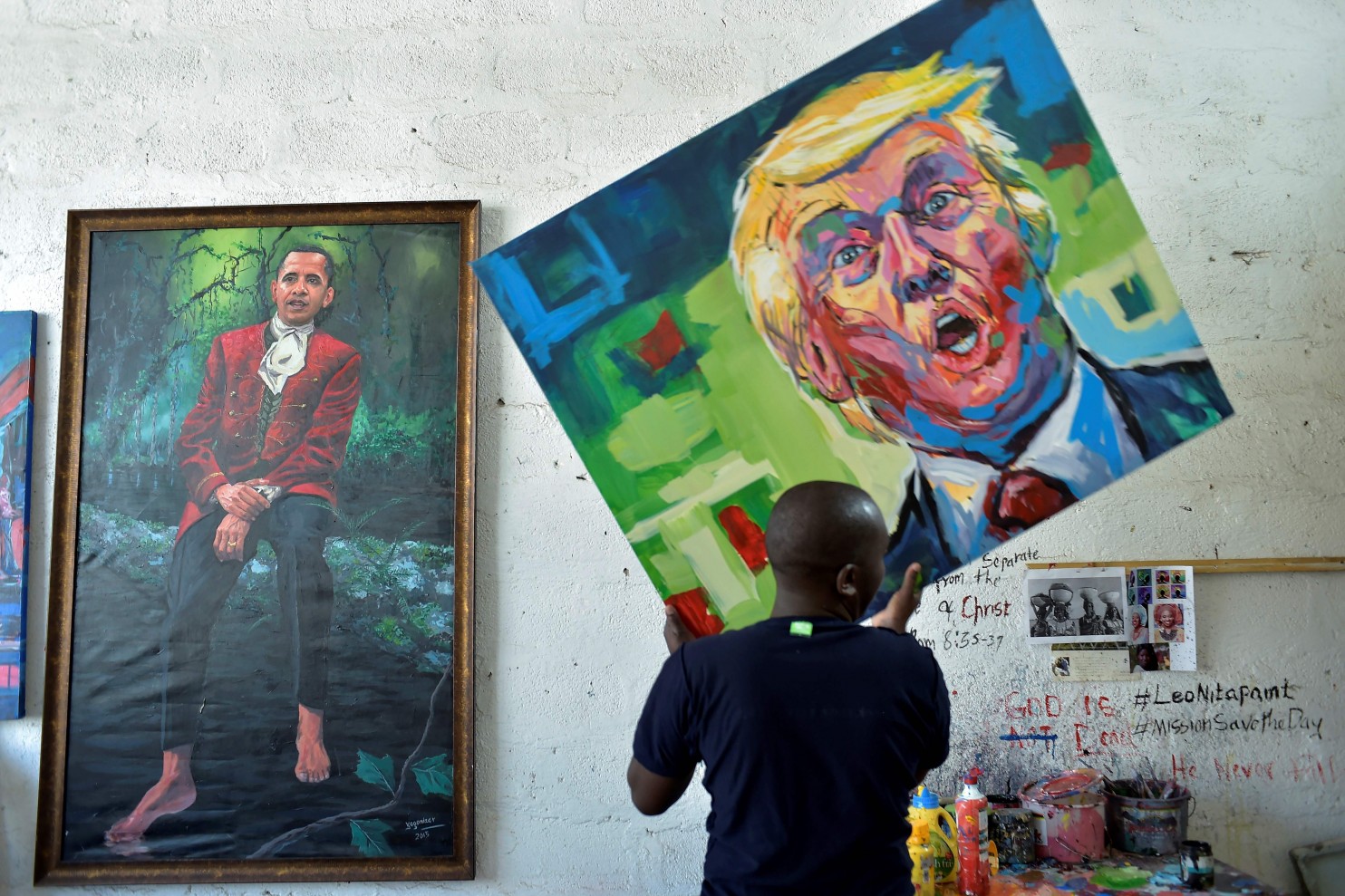Cutting Beauty’s Budget
What Trump’s promise to decrease funding for the National Endowment for the Arts means for the United States.
By Alicia Drier, Roosevelt University
It’s Christmas Eve, in the year 1989. The scene opens on a dark street in NYC’s Alphabet City, where Benny, Roger and Mark are arguing loudly.
Mark, the one who is always holding a camera, narrates: “Close up, Benjamin Coffin III. Our ex-roommate, who married Alison Grey, of the Westport Greys—then bought our building and the lot next door from his father-in-law, in hopes of starting a cyber-studio.”
Benny retorts with a promise that creative freedom comes at a cost, that sometimes you have to give in to the man’s agenda to make dreams become a reality. Because, as much as the hit musical “Rent” is a narrative of the AIDs epidemic of the 1980’s, it is just as much a dialogue about money and funding as it fits into the art scene.

Fast-forward almost 30 years, and we’re still in the middle of the same debate. Except this time, it’s not actors arguing over who’s going to pay the rent on a fictitious apartment; it’s the president of the United States who is now saying that art should not be funded by the U.S. government. Or at least, the National Endowment for the Arts has got to go.
It’s true that the ideas of affluent money and artistic success rarely go hand in hand. When I told my parents at age ten that I wanted to grow up to be a writer, they told me I needed to consider a career that was a little more fiscally lucrative. At first glance, a lot of the budget cuts President Trump suggested for the American government imply a disregard for art and creativity as it fits into American culture. But what if Americans need to be focusing more on the system in place just as much as the grander scheme of what could be lost?
The National Endowment for the Arts (NEA) was founded, in 1965, by President Lyndon B Johnson, as a way of addressing the gap between income and expression. Art ownership and access have always been something associated with financial status, and LBJ chose to apply government funds into making art more approachable for people of all incomes. In his words, his goal was to feed “not only the needs of the body and the demands of commerce but the desire for beauty and the hunger for community.”
What does this look like 52 years later? According to writer Andy Horwitz, the NEA started out achieving exactly what it was designed to create: “It leveled the playing field for countless arts organizations, particularly in African American and rural communities, which were often considered ‘too grassroots’ to be funded by private or corporate philanthropy.”
However, attacks on the NEA’s funding started as early as the Reagan administration in the 80s, and this has led to an unexpected limit in the reach of a program that was intended to be limitless. In the words of Horwitz, “The arts aren’t dead, but the system by which they are funded is increasingly becoming as unequal as America itself.”
This does not mean that the NEA only supports elitist programs in 2017. Rather, the program’s reach is vast and influential across all state boundaries. The National Endowment for the Arts funds groups like Poetry Out Loud, a program dedicated to the performance and appreciation of classic poetry.
In 2011, the NEA launched Our Town, which has now revitalized the art scene in impoverished towns across America through grant support of local artists. The endowment provides money for art therapy for soldiers who have returned from combat. As was the goal of President Johnson when he founded the NEA, the group strives constantly to overcome social and economic boundaries to offer artistic expression and opportunity for Americans from all walks of life.
So the NEA is a program established on the idea of social change. Regular cuts in government spending since the 1980s have caused the program to depend more and more on private grants, which means a lot of individuals now have opinions about how their money should be spent. All of this culminates into a system just as flawed as it was in 1965—and a government budget spread even more thinly.

And, according to activist Janet Brown (president of Grantmakers in the Arts), this isn’t enough.
“A lot of organizations and communities are as impoverished today as they were years ago,” she says. “We need to get back to that place where when we say ‘the arts’ to someone, their mind doesn’t immediately go to a big-box building downtown where it costs you $160 to go.”
These words from Brown ring true with so many media soundbytes since Trump has become president. In the words of Jon Stewart in a January guest appearance on “The Late Show,” “No one action will be adequate. All actions will be necessary.” The presidency of Donald J. Trump has said to Americans again and again that the way you have always done things before is not enough; you’re going to have to try harder.
It is not enough to just complain about the loss of government funding for programs like the NEA.
It is not enough to just cite what the NEA has done in the past, and what it could continue to do with government funding in the future.
Famous playwright Tracy Letts said recently,” “Human beings define not only who they are, but who they want to be, through the arts.” And honestly, if President Trump successfully pulls government funding from the National Endowment for the Arts, that isn’t going to stop being true.
On May 22, 1964, President Johnson shared his vision for a better version of America. He spoke of a Great Society that would feed the mind and the soul of future Americans, while also bringing them closer together.
“But most of all,” he said, “the Great Society is not a safe harbor, a resting place, a final objective, a finished work. It is a challenge constantly renewed, beckoning us toward a destiny where the meaning of our lives matches the marvelous products of our labor.”
The future is still bright for that Great Society, no matter what Trump’s new budget may bring.










